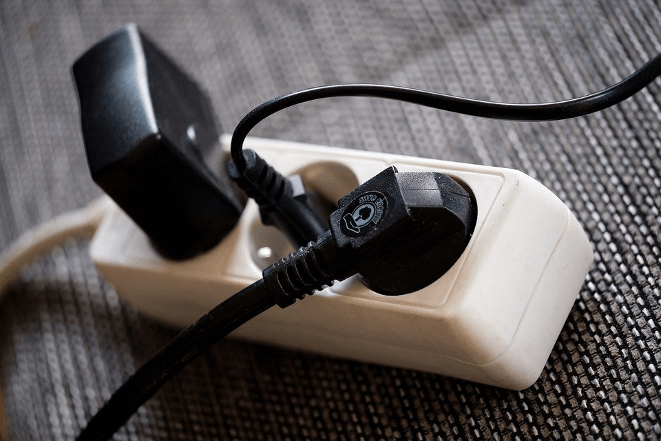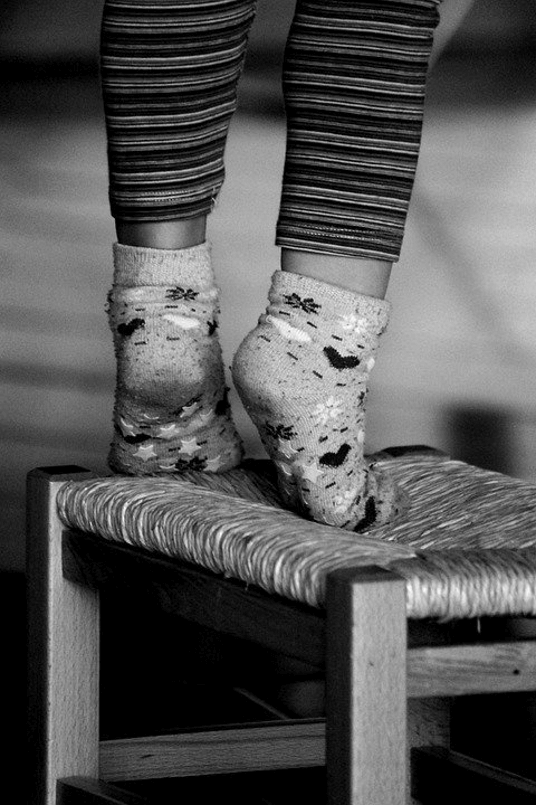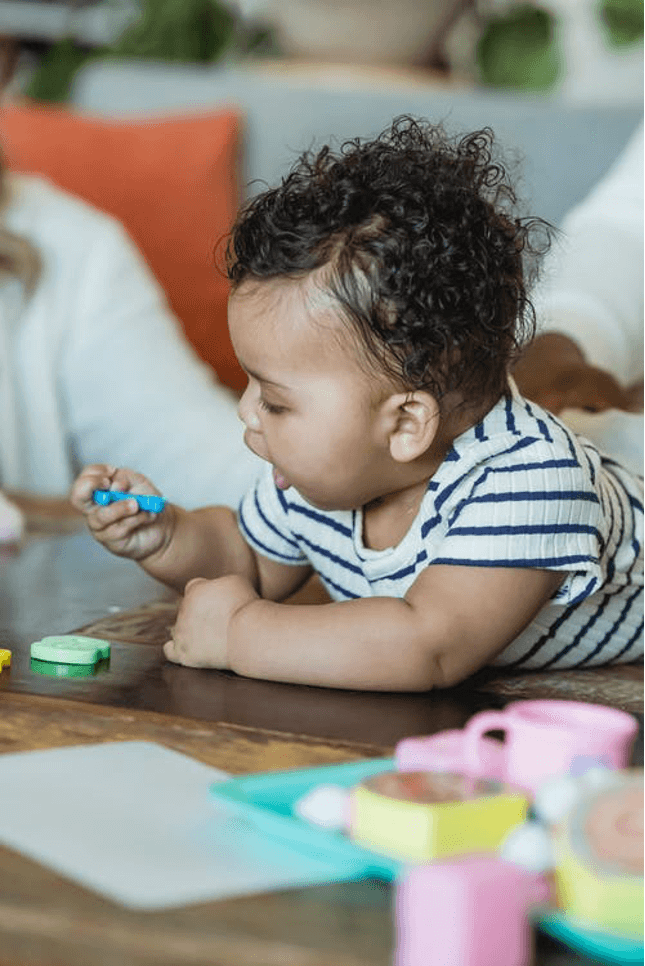Parenthood comes with joys and challenges. Your children serve as your inspiration to do more and become better. At the same time, you’re responsible for their happiness, comfort, and safety.
There’s a notion that kids are more secured at home than outdoors. After all, you’re supposed to be there to look after them. However, there’ll be times when you’re occupied with other tasks such as cooking, cleaning, or attending a Zoom meeting. Left unsupervised, the youngsters may break things or worse, hurt themselves.
While you can’t give them attention all the time, you can create a safe environment for them at home. If you live in an affordable house and lot, safeguarding your children extends to your yard.
A safe home is where a child can learn, play, and grow with fewer risks for accidents. It’s where you’ll feel relief knowing that your kids are less likely to get electrocuted, poisoned, burned, or injured in any other way. This doesn’t only spare you from costly medical bills, but this also saves the innocent ones from trauma.
Childproofing your home requires preparation. Below are ways to carry it out.
1. Cover sockets.

A story about a toddler getting fatally electrocuted went viral a few months ago. It’s not the first time that such thing happened. However, it’s very timely as kids these days often witness their parents or sitters plug gadgets for charging. Being copycats, the little fellows try to insert things and even their fingers on sockets.
Stop your kids from doing so by not exposing them to sockets. Cover all power outlets that they may reach. If you have sockets in your bathrooms, cover them or ask an electrician to cut them.
Hide your extension cords as well. It doesn’t matter if these extension cords have switches to turn them off; children can just press them anyway. As much as possible, charge your devices or plug your appliances when they’re not paying attention to you.
2. Conceal cords and wires.
Exposed cords and wires on the floor may cause tripping. If there are damaged parts, your kids may touch such and get electric shock. It’s also possible that your little housemates will follow where those cords and wires end. This will lead them to the sockets.
As much as possible, your appliances should be placed near a wall. Hiding cords and wires is easier this way. As a result, your kids are less likely to trip over the appliances’ cords.
3. Mount your TV on the wall instead of putting it on top of a table.
As TV sets became flatter and lighter, they became easier to topple over. Even a toddler can just push one or the table where it’s placed. This could damage the TV and injure the child.
To avoid such, mount your flatscreen on the wall instead. Triple-check all the screws to make sure it’s secured.
4. Set up baby gates near stairs.
Many children are little daredevils. In multi-story houses, climbing up and down the stairs are among their likely adventures. One misstep or slip, however, these kids may fall and end up with serious injuries.
To prevent this from happening, install baby gates before the bottommost and topmost risers of your stairs. While slightly pricier, buy those that have adjustable height. You can save more in the long run as adjustable baby gates can be used even for preschoolers.
5. Place door stops, window stops, and window guards.
Don’t let your kids get locked up or get pressed behind doors in your house and lot. Put door stops for your bathrooms and bedrooms. Storage room and outdoor shed are better locked at all times.
Pay attention to the windows as well. Install window stoppers to prevent children from getting pinned down therein. Don’t forget window guards, too. This can obstruct kids from sneaking out and getting hurt. You should get removable ones so you or rescuers can easily get into or out of your home during fire or any other catastrophe.
Don’t substitute window guards with screens as the latter could be easy to break into. It may only take one shove from a grade-schooler to damage it.
The said three are especially needed when your children have their own bedrooms. In addition to window guards and stoppers, avoid putting furniture or anything that your kids can use to reach the windows.
6. Install safety latches or locks to the doors of appliances and furniture.
Babies and toddlers explore by putting things in their mouths. This makes them prone to getting poisoned. However, even preschoolers and older children may still suffer from such when they mistake chemicals as snacks or drinks.
One way to avoid poisoning among kids is to restrict their access to chemicals. Make sure your household cleaners, detergents, insecticides, deodorizers, and paint are locked inside a cupboard. You should also hide your cosmetic products on the drawers of your vanity table. Further secure them using safety latches and locks.
Aside from poisoning, safety latches and locks are useful in storing sharp tools. Make sure all cutting equipment in your kitchen are in drawers. You should also take into account the sharp tools you use for your hobbies like gardening, crafting or sewing. Never put these things on display while you still have preschoolers (or younger).
These safeguards aren’t just for cabinets though. You may tap them for securing oven and refrigerator as well.
7. Attach corner and edge bumpers to furniture.
Let toddlers try to stand and walk on their own. They tend to do so as long as they have something to hold onto. In living rooms, they usually support themselves using the coffee table, chair, and walls.
A round wooden coffee table is ideal for a household with children. Hexagonal or octagonal tables also serve as alternatives. Avoid glass table for the meantime. If you already have a coffee table but it’s square or rectangle, you should consider attaching corner and edge bumpers into them.
These rubber or plastic bumpers soften the blow in case your children hit the corners or edges. Your kids may still deal with swollen head due to the bump. However, they’re at a lower risk of getting severe cuts.
8. Hide step stools when not needed.

Photo by Giuliamar from Pixabay
A step stool is helpful in teaching independence to kids. With this little furniture, they can wash and toothbrush in front of the sink. However, they may also use the stool to play with or knock over the things on your countertops or shelves. They can utilize it to climb towards the windowsill as well.
To minimize accidental falls, keep the step stools out of your children’s sight. Perhaps, hide it in a kitchen cupboard.
Consider the other things that your kids may also use as substitutes. Think of small stool, dining chairs, end tables, or storage boxes. You can hide storage boxes and small stools. As for the dining chairs and end tables, you should stay alert when your kids are quiet in a room and when you hear noise of a furniture getting pushed.
9. Have non-skid mats and treads on bathroom, kitchen and stairs.

Photo by Ketut Subiyanto from Pexels
Children are prone to slipping as they’re clumsy and playful. Slips may cause serious injuries. If your family’s lucky, it could be just a slight swelling that goes away after a quick massage. Broken bones are among the worst that could happen.
Minimize the risk for these accidents by making your home less slippery. If there are spills on the floor, wipe them right away. You should also place non-slip mats on areas like your bathroom and kitchen. Place non-skid treads on your stairs as well.
Even if you have these mats though, you should still guard preschoolers and toddlers when they’re bathing and washing. If you have grade-schoolers, train them to wipe the splashes on the floors after they clean themselves.
10. Use puzzle mats in their play areas.
Children will eat and drink in their play areas so expect spills. They may play with water or any other liquid as well. There’s also the possibility that they will throw up or pee in such areas.
As such, a portion of their play area may become slippery. To avoid this, secure puzzle mats in place. Aside from slips, these mats can serve as cushions in case your kids fall.
11. Replace curtains with window blinds.
Curtains are a favorite hiding spot for kids. However, they may harm themselves when they twirl while holding the bottom of the fabric. This can lead to strangulation or fractures. For now, take advantage of window blinds. Their cords should be out of kids’ reach.
12. Disregard tablecloths; use placemats instead.

Photo by RODNAE Productions from Pexels
Tablecloths mask stains but they increase the risk of dining disasters. Kids can just pull them, intentionally or not, and your meals and drinks will topple over. What if hot soup falls to your children’s laps and hands? If not that, it could be the sharp utensils or heavy plates.
Instead of tablecloths, go for placemats. These can reduce the risks of the said dining disasters. Additionally, they still protect your table from excessive spills.
Aside from a safer alternative, using placemats can help you instill responsibility to your kids. You can ask them to place these mats when you’re setting up the table. Once they’re of schooling age, you can delegate other tasks such as putting plates and placing utensils.
While your children are still young, don’t decorate your dining table with table runners, vases, and candles. You can put a bowl of fruits in the middle of the table instead.
13. Be selective about what houseplants to display and where to place them.
Some homeowners put houseplants as their centerpieces. If you have kids, limit these to corner attractions.
Having indoor plants helps familiarize your children to living things. For the plant parent in you, avoid displaying cacti or any other plant with thorns. Apart from thorns, make sure you don’t bring inside a poisonous plant. Prayer plant and ponytail palm are two non-toxic houseplants you might want to consider.
Soil should be enough as potting material. Ditch pebbles and small stones; kids may swallow and choke on these things.
14. Double-check your kids’ playthings and your knickknack bowls.

Photo by Keira Burton from Pexels
Kids are at a higher risk of getting harmed due to choking. Their airways are narrower. Moreover, the young ones still don’t have the force to cough up anything that’s dislodge in their throats.
Unfortunately, there are many choking hazards at home. You can’t get rid of all of them as they include food. However, your kids can avoid choking on toys and other small pieces they can find in your house.
Go over their toys to ensure that there are no pieces they can swallow. To decide whether a toy is too small or just right, put it on the hole of a tissue role. If it fits, throw it away.
Aside from your kids’ toys, check out your shelves, drawers, and decorative bowls for any knickknacks that they might pick. Carry out the tissue role test on them as well.
15. Put stove guards.
Twisting knobs in one of the exciting discoveries for children. As long as your door stops are there, you can relax when your youngsters play with the doorknobs. You need to watch out for the stove though.
Kids may get burned and cause damage if they play with the stove. While you can’t hide the knobs, you can use stove guards for the burners.
16. Hide matches, lighters, and candles.
In addition to the stove, prevent your kids from playing with fire by hiding sources like matches and lighters. For the meantime, avoid displaying candles whether for your bedroom, bathroom, living room, and dining table. Invest on rechargeable flashlights and emergency lights instead.
17. Have a smoke alarm and a fire extinguisher.
Here’s another tip to fireproof your home. Even if you get an affordable house and lot, you still don’t want to lose it, right? So, invest in things that can help you protect your sanctuary and investment. One of these measures is a smoke alarm.
Purchase a fire extinguisher as well. However, make sure you hide this inside a cabinet so the children won’t play with it.
If you have a smoke alarm, check if it’s operational at least once a month. By doing so, you can replace batteries if they run out. As for the fire extinguisher, take note of its expiry date. Don’t just purchase and keep; you should also learn how to use it properly.
18. Display decors or collections by hanging them on the wall or putting them on wall-mounted shelves.
Keep framed photographs or any other decor on walls. Another option is to get wall stickers. Having a mural can also lessen your need for decorations.
If you have a well-loved collection, showcase them on wall-mounted shelves. Don’t bring in a standalone shelf as your toddler or preschool may climb on it.
This goes for the lights as well. Ditch floor lamps. Go for wall sconces instead.
19. Limit heavy or fragile decorative pieces like those made using stone and glass.
Aside from decorative candles, avoid displaying decors made out of stone and glass. Kids may break such fragile pieces or use them to damage other things in your household. Worse, they could get injuries from playing with heavy or sharp objects.
20. Maintain a first aid kit that your kids won’t be able to reach.
Despite your best efforts, your kids may still get wounds or any other injuries. As such, you should keep a first aid kit at home.
You can buy a basic kit from Red Cross Philippines or nearby drugstores. You can also order one online.
Another option is to make your own. Some of the things you should get are as follows:
- band-aids
- cotton
- antiseptic wipes
- antibiotic ointment
- hydrocortisone cream
- alcohol
- gloves
- tweezers
- thermometers
- scissors
Once your kit is ready, keep it out of your children’s sight. You can hide it in a bathroom cabinet for instance.
Teaching your kids how to handle emergencies is also another home safety tip. For example, you should train them to make and answer calls from loved ones.
You’re not the only one who can and should secure your children. Involve the other adult members in the household about these precautions as well. Don’t forget your helpers.
Keep in mind that it takes a village to safeguard children. As such, it’s important to consider the community where your kids are growing up. Choose a community where you can relax, knowing that your kids will grow in a safe and maaliwalas environment, like that of Lessandra. In purchasing and maintaining a home, safety is always non-negotiable.
Lessandra is an affordable house and lot developer. For an array of affordable house and lots for sale in the Philippines, check out Lessandra Project Listing. For more information on how to own a house and lot in the Philippines, visit the Lessandra Guides and FAQs section!



